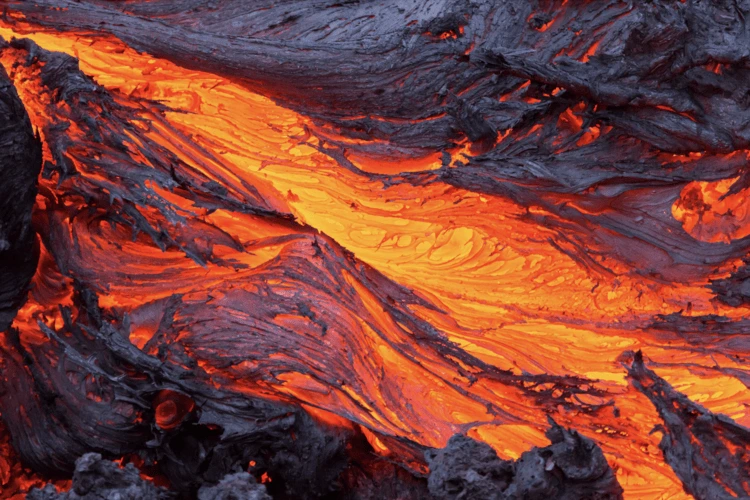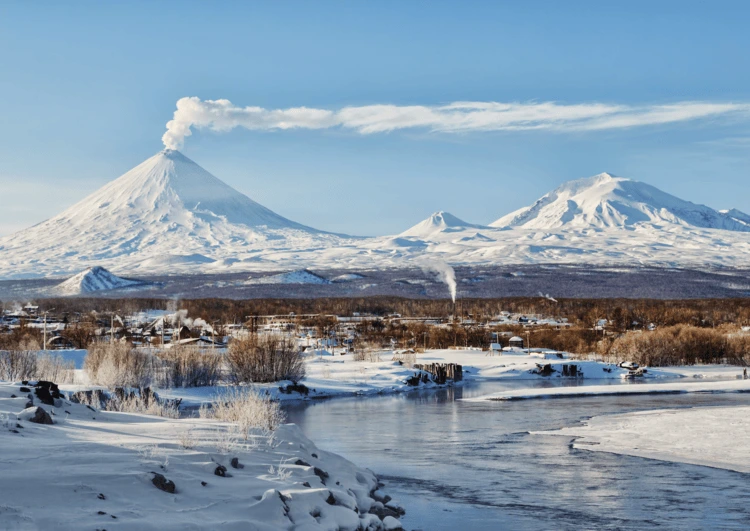
Millions live in the shadow of active volcanoes. Keeping an eye on nearby glaciers could help to predict future volcanic activity
By
In 1985, a seemingly small eruption of Nevado del Ruiz, a volcano in central Colombia, unleashed a catastrophic chain of events. The heat generated by the eruption melted the glacier above, triggering multiple lahars – a flowing mixture of meltwater, volcanic ash and rocks – that buried the town of Armero, more than 48 kilometres away. More than 22,000 people were killed.
Check out our other related reads:
Glacier-topped volcanoes pose unique risks to human populations. When hot magma heats the glacial water, it can trigger a phreatic explosion – a blast of hot steam, ash and rocks – and melting ice can form ice avalanches, lahars or jökulhlaups (flash floods).
Worldwide, 20,000 people live within five kilometres of a glacierised volcano, and another 160 million live within 100 kilometres, but only a fraction of all volcanoes are continuously monitored.
However, scientists have recently discovered that about 20 per cent of the world’s volcanoes already come with an effective, built-in monitoring system: glaciers.

Joe Mallalieu, a glaciologist at the University of Birmingham, says that researchers have previously looked at how volcanism can influence the shape and structure of glaciers; in 2023, a study of 600 glaciers located on or near 37 volcanoes in South America revealed that glaciers close to active volcanoes tend to be smaller than glaciers that are further away.
But new research, led by Mallalieu, is the first to establish a link between geothermal heat flux and glacier velocity, revealing that glaciers located on top of or near active volcanoes flow significantly faster than other glaciers.
This discovery, which holds true for volcanoes across all regions except Antarctica, suggests that glacier monitoring could help create early warning of future eruptions.
The Earth’s crust constantly emits geothermal heat, typically around 50 milliwatts per square metre. However, active volcanoes can release significantly more heat, ranging from 100 to 1,000 milliwatts per square metre. While remote-sensing techniques can identify thermal changes, the layer of glacial ice can obscure these signals.
‘The great thing about glacial flow velocity is it’s really easy to measure at a global scale,’ says Iestyn Barr, an expert in glaciovolcanology at Manchester Metropolitan University, and co-author of the study.
‘We can do this from satellite imagery, without someone having to painstakingly try to work out how big a glacier is, and that’s what’s allowed us to look at more than 210,000 glaciers, rather than just a few hundred.’
The only challenge is in Antarctica, where near-continuous cloud cover results in limited satellite data.
Remote monitoring, particularly in parts of South America and North America’s western coast, could fill the gaps in traditional, in-situ volcanic surveillance.

‘Somewhere like Kamchatka in Russia, which is very sparsely populated but does have a few large towns in very close proximity to volcanoes, would be an obvious site where satellite monitoring of glaciers could be an early indicator of new volcanic activity,’ says Mallalieu.
It’s not just local communities that could benefit if monitoring glaciers proves a useful tool for tracking volcanic activity, explains Matteo Spagnolo, a geoscientist at the University of Aberdeen. In 2010, the ash cloud that emerged from the eruption of Eyjafjallajökull in Iceland caused €1.3 billion in losses from cancelled flights during a six-day European airspace.
Sometimes, the volcanoes that pose a danger to the aviation industry are remote, and prove a challenge for even the wealthiest nations to monitor. ‘But if we were able to tell you that, of the 130 volcanoes in Alaska, there are two that seem to be edging closer to an eruption, you can make the most efficient use of the money and research available,’ explains Spagnolo.
Spagnolo, a co-author of the study, says that the next steps will be to determine whether glacial velocity changes in line with changes in the volcano’s activity.
‘In an ideal scenario, and this is what we think is happening, but it’s just a hunch at the moment, we think that as we progressively get closer and closer to an eruption, the velocity of the glacier will increase. We’ve already done some work on one specific volcano, which is promising, but the ambition now will be to see whether we can test this at a global scale. But for this, we will have to generate the velocity of every glacier, every single year, for many years, to analyse the trends. It’s a big quest.’




